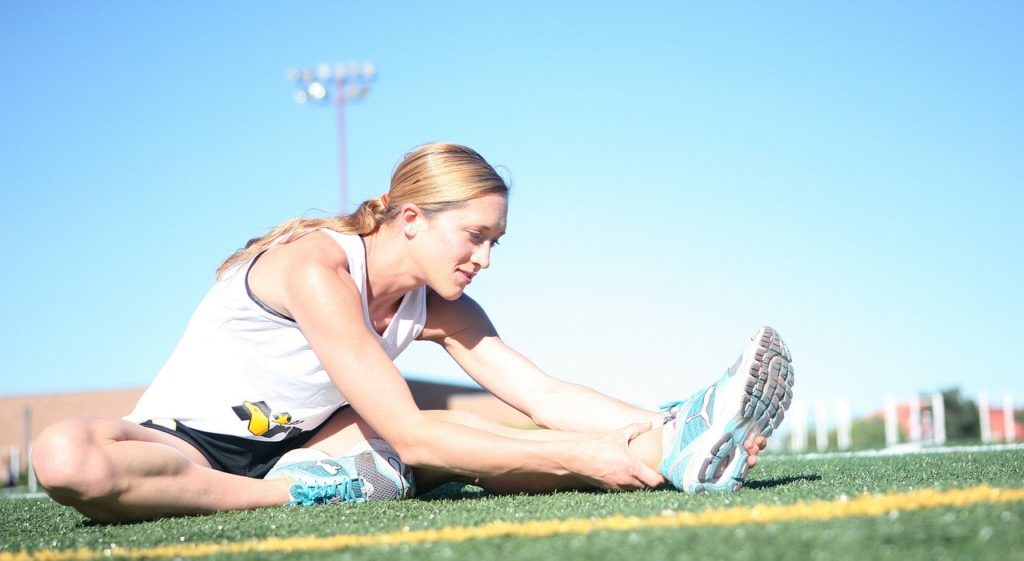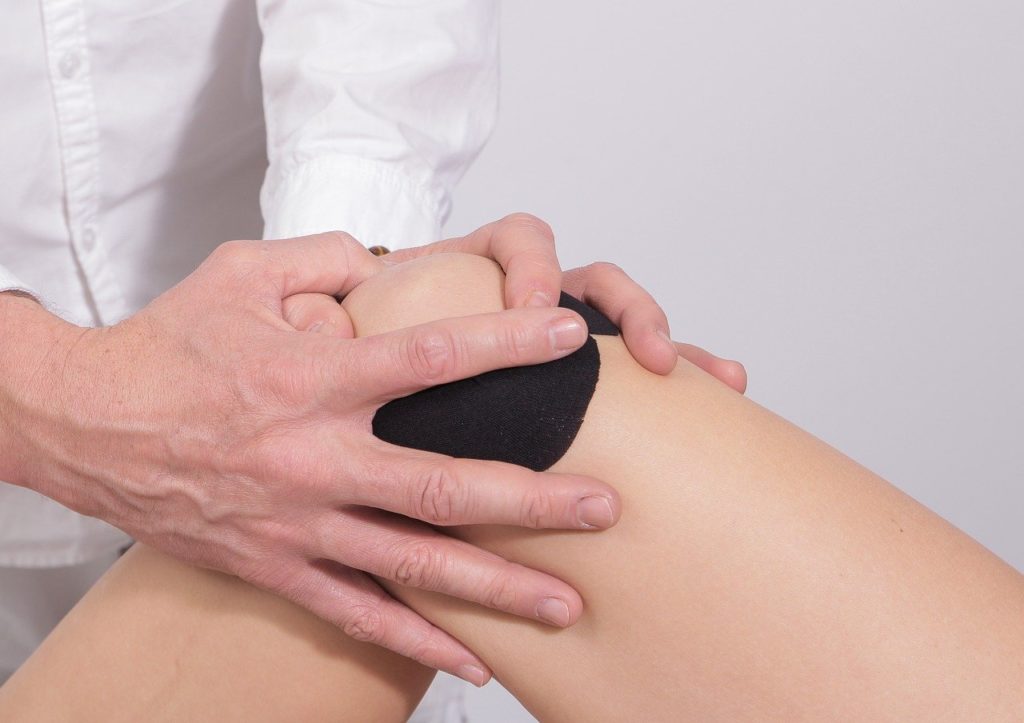The vast majority of athletes begin weight training activities without a warm-up. And yet, it is a crucial step for the success of a workout, especially in order to avoid injuries. That's why this article explains all the benefits you can get from stretching before every fitness exercise.
The benefits of muscle warm-ups
As the name suggests, the muscle warm-up helps to raise the body temperature 011. Thus, it allows the body to be prepared for intense fitness work and to avoid situations of exhaustion. In addition to preparing you for the stress that can occur during exercise, the muscle warm-up allows you to:
- Eliminate chemicals released during training;
- Improve the heart rate.
Eliminate chemicals produced during exercise
When you warm up, you facilitate blood circulation. This is because warming up your muscles raises your blood pressure 011. This mechanism in turn allows the waste products produced during muscle training to be eliminated. Similarly, the amount of oxygen in the blood is increased by the warm-up exercises.
Improve heart rate during strength training
Enzymes are very important for the body. When they are not at an optimum temperature 011, their function becomes increasingly impaired. It is therefore very important that the athlete's body is kept at the right temperature.
The heart rhythm is disturbed when the temperature is around 32°C. In the most serious cases, i. e. when the temperature drops to 15 or 10°C, the heart stops.
On the other hand, if the temperature rises considerably to the point of 42°C, the athlete is exposed to cerebral complications and may enter a state of coma. This is why it is highly recommended to do cardio-training before each training to keep a good heart rate.
Muscle warm-up: a must to be mentally ready
With a well performed muscle warm-up, the athlete is more mentally prepared to support the stress caused by the intensity of the physical exercise. It is very common to see a coach motivating his players during warm-up sessions. The muscle warm-up is therefore an indispensable asset to stay focused on the sport activity or competition being performed.
An example of a warm-up exercise
It is true that the warm-up is a perfect asset for a successful sports programme, however, you need to prepare your warm-up well for an effective result. For example, you can start with a cardio activity that can last between 5 and 10 minutes. Then you can move on to dumbbells and weight lifting. The loads used for these activities should be light. You can use them to do 1 or 2 sets while targeting the parts of the body that need to withstand the physical effort.
Also, before taking heavy weights, you can do a light warm-up set for the first exercise of each muscle group. For example, when you start with a bench press, it is advisable to do a warm-up set of 20 reps maximum before starting. However, if you plan to continue the session with a bench press, the light set should not be necessary.
Recourse to the use of a foam roaming ?
Also known as the self-massage roller, this is a very effective lightweight foam tool that allows the bodybuilder to warm up before or after training. Also,to relax and increase the mobility of your muscles you can use fitness accessories such as massage sticks or lacrosse bars.
Tips for a successful warm-up
Are you planning to do an intense workout with particularly heavy loads? It is advisable to start with one or two extra "break-in" sets. Then progress to the load envisaged by the exercise.
On the other hand, the time of day is also an important factor for a successful warm-up. Indeed, for a session programmed very early in the morning, it is necessary to proceed to a long warm-up in order to prepare the muscles well. It should be noted that the muscles are stiff after a night's sleep. For evening exercises, however, a few minutes of warm-up may be sufficient.
Furthermore, before you actually start the fitness exercises, you should take care to warm up all the parts of the body that are to participate in the session. As an illustration, for a heavy shoulder bench press session, the athlete must warm up not only the deltoids, but also the neck, trapezius and triceps. This is because all these parts of the body are also involved during physical exertion.



